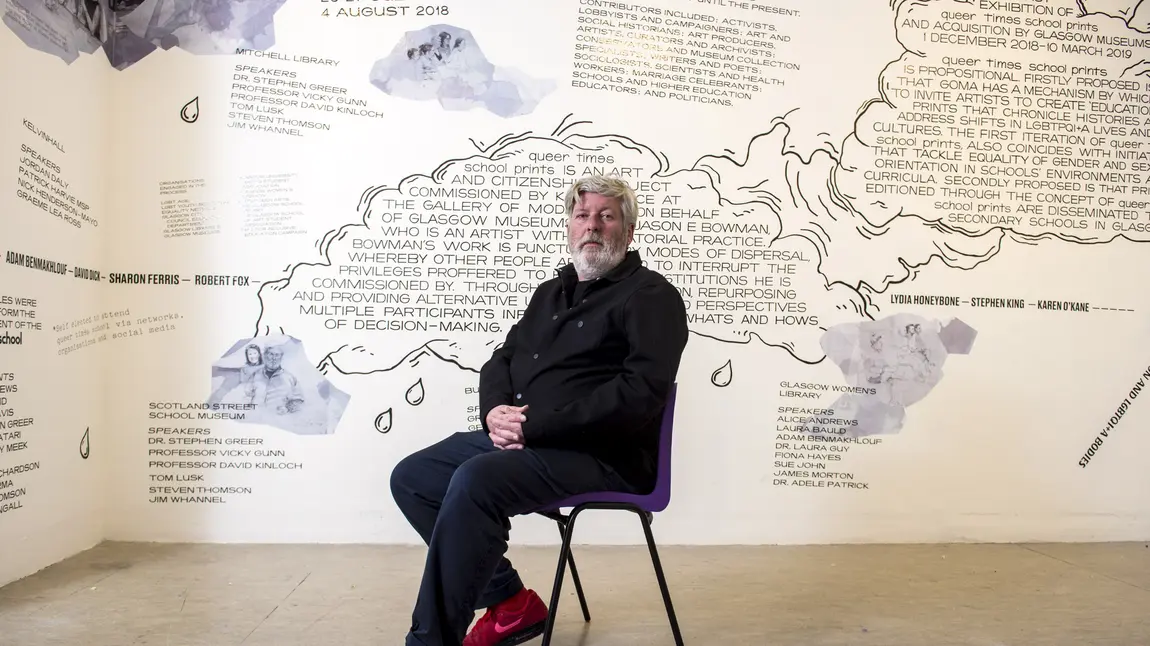Why working with communities can be 'transformational' for museums

The queer times school prints exhibition was held at Glasgow's Gallery of Modern Art (GoMA) from 1 December 2018 to 10 March 2019.
It was a big success, attracting more than 29,000 visitors over three months, and much of this was due to conversations held with the LGBT+ community before it even began.

Led by charity Glasgow Life for its Queer Times project, this dialogue has opened up a new way of improving representation in GoMA’s exhibitions and collection. We found out more.
After Dark and queer times school
The first part of the project took place during the After Dark and queer times school series of events, held in museums, libraries and archives across Glasgow in July and August 2018.
Speakers from a diversity of backgrounds and professions gave talks and led conversations on key LGBT+ issues in Scotland from 1967 (the year when homosexuality was partially decriminalised in England and Wales) to the present day.
These included:
- the decriminalisation of homosexuality in Scotland in 1980, 13 years after England and Wales
- opposition to Section 28 (Clause 2A in Scotland), the law which prohibited local authorities and schools from “promoting” homosexuality
- the AIDS epidemic
- the experiences of LGBT+ people in ethnic minority communities
- recent changes to the Scottish curriculum to include LGBT+ topics
Many speakers and participants had not been involved in a heritage project before and their perspectives shone new light on these histories.
queer times school prints exhibition
The outcomes of the queer times school events inspired GoMA's queer times school prints exhibition, which was commissioned by artist and queer times school participant, Jason E Bowman.
It centred on a commissioned set of prints from ten LGBT+ artists that responded to themes identified in the queer times school. These prints were later acquired by Glasgow Museums for its collection.
The exhibition also included a changing display of LGBT+ heritage items, a reading resource space, a wall painting and a programme of films – all developed by queer times school participants.
"Queer history must be documented and remembered, for it illuminates the struggles which still take place today for queers in their family, community and workplaces."
queer times school participant
It attracted 29,294 visitors, and a further 546 attended readings, tours, screenings, workshops and discussions.
Going forwards

Queer Times project manager Katie Bruce said: “It was wonderful to see how popular the exhibition was after everyone’s hard work and belief.
"The planning process has been transformational for GoMA; in how it acquires works, interprets collections and curates exhibitions.
"We’re keen to work with other communities in a similar way in future.”

